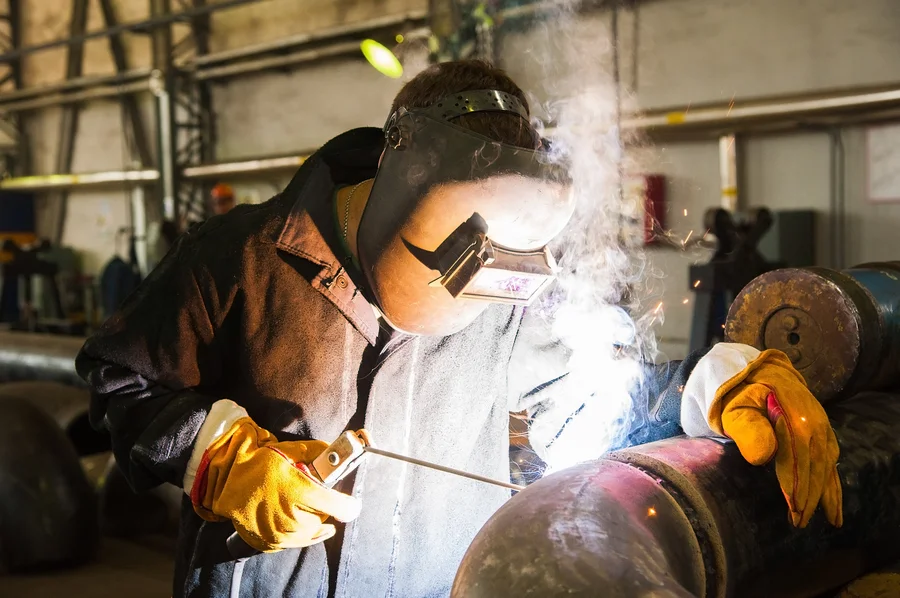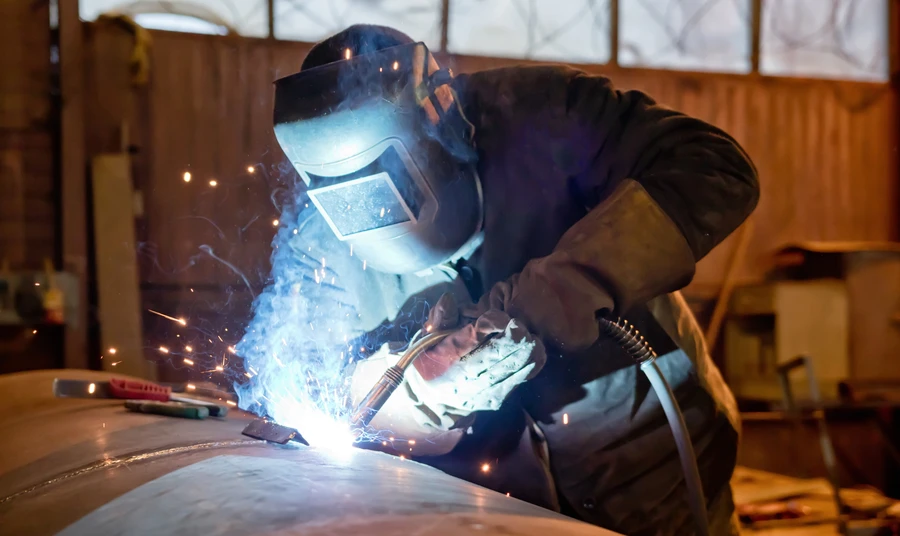Understanding Key Aspects of Metal Joining Processes
The strength and durability of welded steel structures are crucial for their long-term performance. Various factors affect these aspects in metal joining processes, making it essential to understand each one thoroughly. From selecting the right materials to implementing best practices, multiple elements contribute to the overall success of welding applications. Understanding how each factor plays a role helps professionals make informed decisions, ensuring that steel constructions meet industry standards and expectations.

The Importance of Material Selection
Choosing the right materials is critical in steel welding. The type of steel used impacts both strength and durability. Different alloys offer varying levels of toughness and resistance to wear. Selecting high-quality materials ensures that the welded joints can withstand environmental stresses and mechanical loads over time.
Influence of Welding Techniques
Employing appropriate welding techniques significantly affects the outcome of steel welding. Methods such as MIG (Metal Inert Gas) and TIG (Tungsten Inert Gas) welding have distinct advantages depending on the project’s requirements. These techniques offer precision and control, resulting in stronger welds with fewer defects.
Role of Environmental Conditions
Environmental conditions play a pivotal role in the durability of welded steel structures. Factors like humidity, temperature, and exposure to chemicals can impact the longevity of welds. Proper insulation and protective coatings help mitigate adverse effects, ensuring that the welds remain intact under various conditions.
Assessing Joint Design Impact
The design of the joint itself can influence the strength and durability of the weld. Proper alignment and fit-up are essential to achieving optimal results. Misalignment or gaps can lead to weak spots, increasing the risk of failure. Engineers must carefully consider joint design during the planning phase to avoid compromising structural integrity.
Quality Control Measures
Implementing stringent quality control measures is vital in maintaining high standards in welding applications. Regular inspections and testing throughout the welding process help identify potential issues early on. This proactive approach ensures that any inconsistencies are addressed before they compromise the end product’s performance.
Cost Considerations for Long-Term Value
While initial costs may seem high when using premium materials and advanced techniques, they often lead to better long-term value due to reduced maintenance needs and longer lifespan. Investing upfront can prevent costly repairs down the line, offering a higher return on investment over time.
Best Practices for Optimal Results
To achieve optimal outcomes, adhering to best practices is crucial:
- Ensure regular maintenance schedules to prolong the life of welded structures
- Select suitable materials based on specific project requirements
- Employ skilled technicians familiar with the latest welding technologies
- Conduct thorough inspections at every stage of the welding process
- Use protective coatings to safeguard against environmental damage

Conclusion and Recommendations for Your Projects
For robust and durable steel structures, understanding these key factors is essential. Professionals should focus on material selection, technique application, and rigorous quality checks. By incorporating these practices, projects can achieve superior strength and reliability. Contact Tate Welding LLC for expert guidance tailored to your needs. Based in Cleves, OH, our specialists stand ready to assist you with all your metal joining requirements. Call us at (513) 418-8066 today to learn more about enhancing your welding applications.
